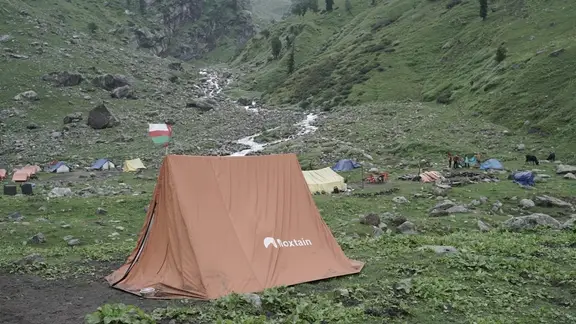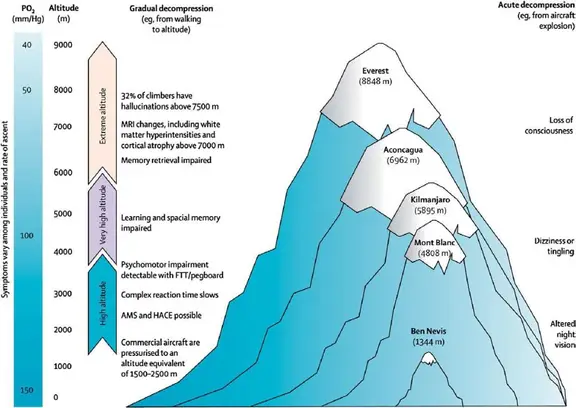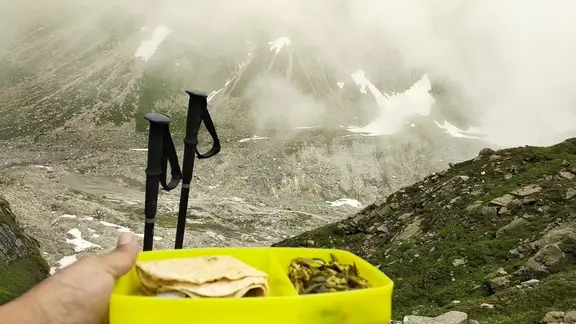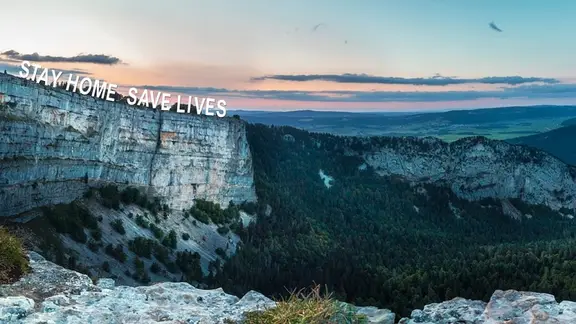The travel industry hit worst but looking into the positive impact of the COVID-19 outbreak on the Himalayas.
The outbreak of coronavirus disease 2019 (COVID-19) has created a global health crisis. The disease was first identified in Wuhan which is one of the major cities of China in December 2019 and has spread globally, resulting in an ongoing 2019-20 Coronavirus pandemic. This is considered the greatest challenge we have faced after World War Two.
The virus has spread to every continent and the cases are increasing every day. Countries are trying to slow down the spread by limiting the travel, quarantining citizens, and treating and testing the patients and most probably avoiding the large gatherings. But this COVID-19 is much more than a global health crisis, it has created social, economic, and political crisis throughout the world.
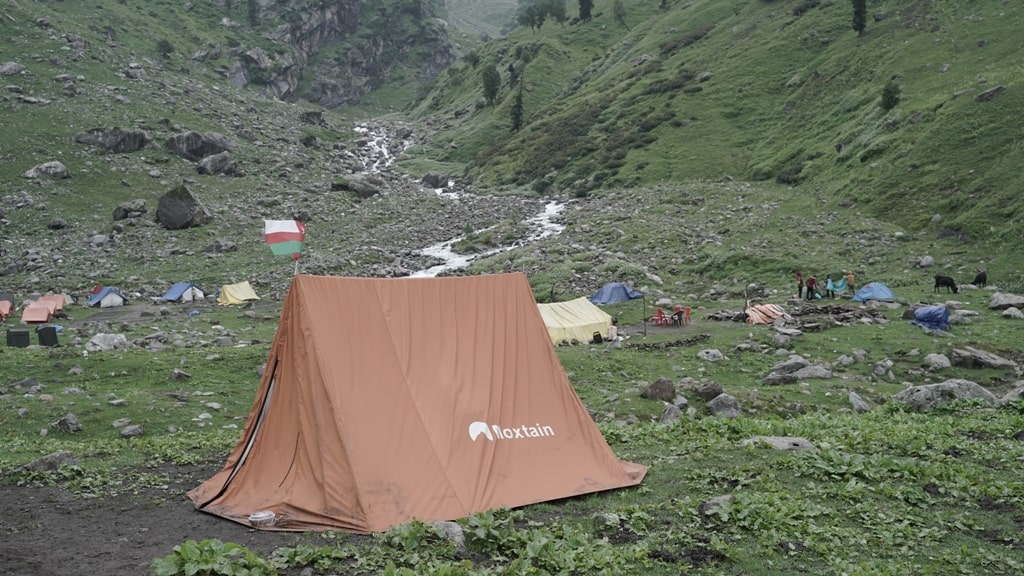
Travel and tourism which is one of the fastest-growing sectors have considered the most vulnerable industry in comparison to other industries during this time of COVID-19 pandemic. It is estimated that in the Indian tourism and hospitality sector almost around 38 million jobs are at loss, which is about 70% of the total workforce. COVID-19 has impacted travel and tourism like no other event before in history many believe this crisis is a greater threat than earlier 9/11 economic meltdown.
Challenges of the current situation
Given various travel restrictions imposed by the Indian government for the safety of citizens, most of the summer holiday booking has already been cancelled, flights and trains have been suspended, which have created extremely serious concern for tourism, trekking, and campaign industries. It has also affected domestic tourism severely.
- Loss of trekking months
- The livelihood of locals and local staff affected the most
Due to the nationwide lockdown, all travel industries have been shut down almost from the mid of March. March is the beginning of spring season in Himalayans, the fresh green grasses begin to grow on the snow patched Mountains, colorful flowers begin to blossom, trees shed their old leaves and the new leaves take their place.
The mountains look green, fresh, and colorful birds come back from their winter slumber. And during this season the famous Himalayan wildflower rhododendrons burst into full bloom. The colorful pink, Scarlett, yellow and white rhodo in the background of snow patched mountains looks utterly magnificent.
The spring lasts from March to the end of April. Many treks are done during this season such as Brahmtal trek, Dayara bugyal trek, Har ki Dun, etc. But due to coronavirus pandemic, unfortunately, we cannot organize any trekking events during this season we have to put this entire trekking activity on halt.
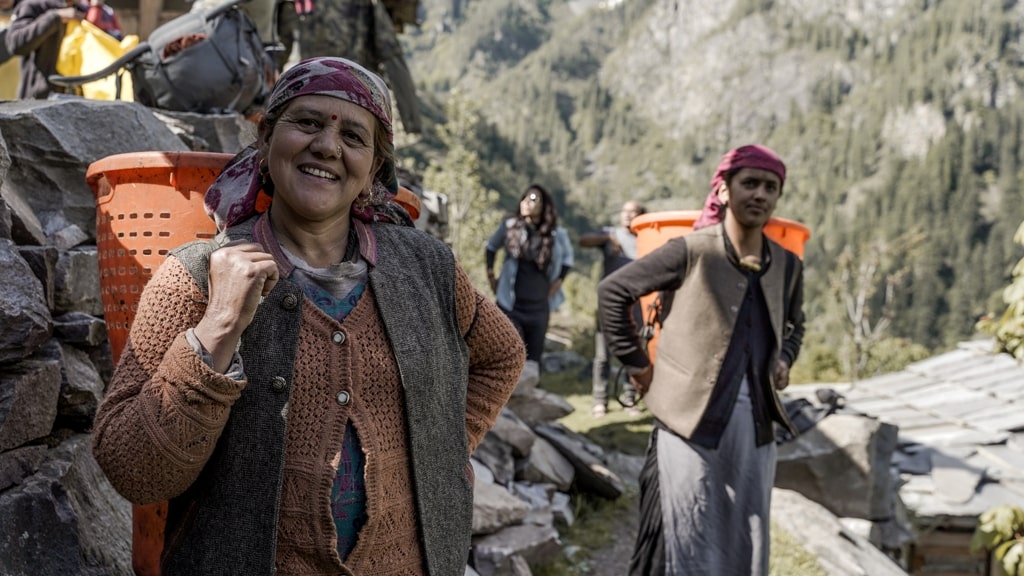
As per the government guidelines, the travel and tourism sector is almost shut down, trekking, hiking, and camping activities are not allowed in mountains. Due to the nationwide lockdown and coronavirus, the livelihood of locals in mountains and Himalayan regions is affected the most, those who make living by tourist activities such as taxi drivers, guesthouse owners, trekking shops, and owners of small restaurants and cafes are suffering. This crisis had turned everything upside down and it had been a devastating blow for all those who make a livelihood through tourism.
Supportive trekker
At the beginning of 2020, we didn't expect to face worldwide pandemic, we all were probably planning our holidays with enthusiasm, many of our trekkers had already booked for various trekking events, but as now we all are in the middle of coronavirus pandemic, all the bookings have been cancelled. Gladly we are very fortunate because our fellow trekkers have been supportive, they have mailed us with positive and cooperative nature.
Content team
We feel very sorry that we are unable to organize a trek during such beautiful seasons. But our content team is working hard to improve the website in the time being, and new articles are being added continuously. We are trying to give more vivid details about each trek so you can decide which one is best for you.
Being positive at this time is important
All of us are facing the worldwide pandemic caused by coronavirus but the core ingredient of coping up with this crisis is to stay positive. Coronavirus is a very contagious disease; to stop the spreading of this disease the government had issued a stay at home order.

With the entire population in quarantine the schools, offices, industries, and tourism limited their activities. Road traffic has also reduced to a minimum. It has been noticed that there is a significant reduction in air pollution and greenhouse gas emission. Coronavirus somehow turned to have a positive impact on nature due to limited human activities.
Mountains are taking their time to heal to rejuvenate; there is no one to disturb its ecological cycle. All of us are in quarantine; we have lots of time to focus on ourselves. Now all of us have enough time to spend on our creative hobbies or learn something new and spend time with our families. We can use this time to heal internally by practicing yoga or doing some exercise daily. In the meantime make a huge list of all trekking destinations that you desire to visit as soon as we overcome this situation.
Prepare for trekking from June
For now, it is expected that the nationwide lockdown will be over till the end of May. So save your money and be prepared to hop in several adventurous monsoon treks like Gidar Bugyal trek, which is known for its high altitude ancient meadow, Bali pass trek which is quite challenging and will let you experience raw grandeur of Himalayas, Beas Kund trek it is an easy trek with traffic mountain view and there are many other treks like Har Ki Dun trek, Buran Ghati trek, and Hampta Pass Trek.
But the most important thing right now is to take care of yourself and your family during this COVID-19 pandemic.
WHO Guidelines on how to deal with COVID-19
- Frequently clean your hands with alcohol-based hand sanitizer, soap, or water.
- Covering the nose and mouth with the flexed elbow or disposable tissues while coughing or sneezing.
- Avoiding close contact with anyone with symptoms of the virus or high fever and cough.



